The History of Gambling in Montana
Gambling has a long history in Montana — a long, peculiar history, that is. And whether it was poker, faro, rouge et noir, whist, thimblerig, percentage stud horse, roulette, ten dice or chuck luck, each of these games found gamblers throughout Montana’s history.
Natives & Trappers
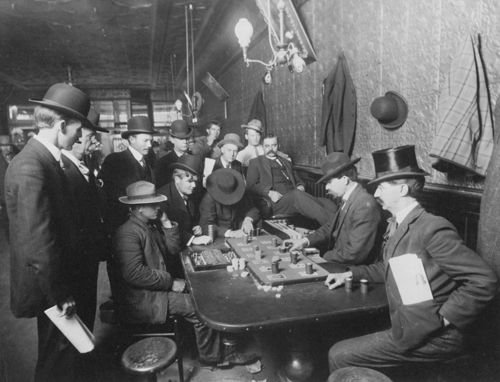
Before recorded history, Native Americans used stickgames to determine who wins horses, cattle, and even use of land in a particular area. And long before Montana was even a territory, Native Americans bet on horse races, archery contests, and other games of skill.
Later, early “European” trappers and settlers wagered on races and shooting contests as well. However, the Europeans brought something new: card games, which shifted the course of gambling history. Incidentally, card games caused one of the first gambling incidents in Montana history.
Three-card Monte
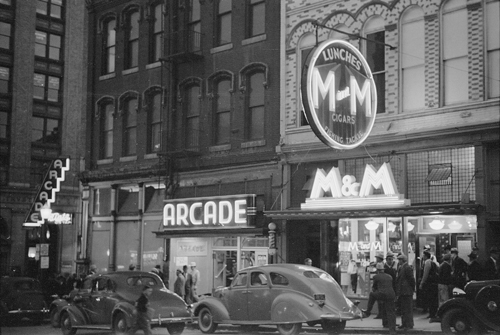
Many able tricksters were known to bilk the last dollar from more honest, working men. These deviant hucksters would encourage unwitting players to wage at three-card monte: the classic card “shell game” where a player picks one of many cards, the banker shuffles them, and the player has to pick his card again to win.
In 1862, a villainous gambling incident occurred in Montana Territory. Some lucky miners discovered gold dust at Gold Creek (near Garrison, where the last, “golden spike” of the Northern Pacific was driven 20 years later). News of miner’s luck attracted a few morally disreputable swindlers who encouraged the miners to press their luck further with a game of three-card monte (or very similar game).
Somehow, the miners luck went bad and the swindlers rode off with all of the miner’s gold dust. But the miners allowed little time to pass, and quickly realized that the cards were secretly stacked against them.
A posse quickly tracked down the swindlers, who each had their own luck with fate. At the end of the chase, one swindler drew a pistol and was shot by his captors. Another was hanged. And the last fared best and was acquitted in court.
Two years later, this incident was not forgotten. During the first legislature at Bannack in 1864, three-card monte was banned in Montana Territory.
“Bucking The Tiger”
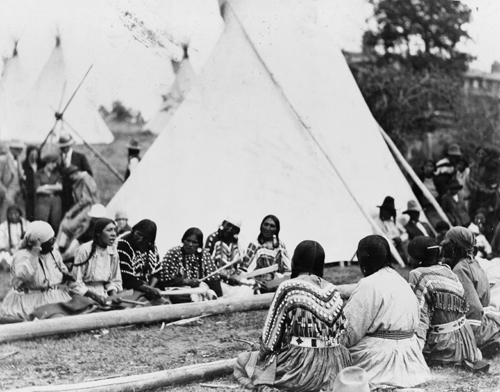
“Bucking the tiger”, or “faro” as it was more commonly known, was all the rage in Montana’s “Territory Days” and played in saloons and “gambling hells” throughout the northwest.
Faro was a face-paced, easy-to-learn game, with good odds causing many gamblers to lose their last cent. And as with other games, gamblers won handsomely — or lost everything (including their senses to gambling fever).
Faro was often played alongside another popular game in the pioneer days: poker and its many variations with just as many legendary bets.
“Betting The Ranch”
Legend holds that horses, guns, watches, mining claims, even ranches and homesteads, were wagered at poker tables in Montana.
In the late 1800s, on a streak of good hands, a man bet his ranch and the town, of which he held most of the plats. Upon the dealing of the last hand, his luck ran out.
He lost everything.
Sadly, he spent the rest of his life struggling to gain back what he lost in a single poker hand (his descendants asked for privacy in this article).
So indeed, there is truth to the phrase “betting the ranch” in Montana.
Laws & Loopholes
Gambling was made illegal in 1889 with the first Montana state constitution (actually, it was the third since the first was lost, and the second was never voted upon). However, during the late 18th and early 19th centuries, gambling laws were enacted, but not overall enforced. In 1910, gambling was outlawed in every western state, but persisted, so long as it didn’t draw much attention.
The Fraternity & Charity of the 1930s & ‘40s
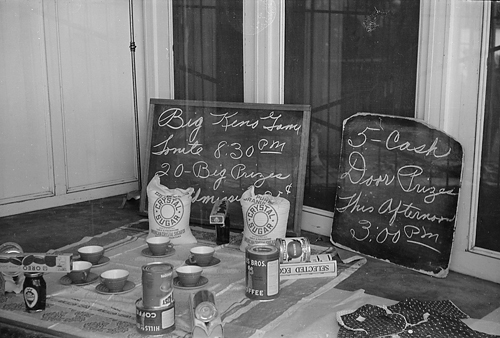
During the Prohibition era, both drinking and gambling had many places to hide. However, when Prohibition was repealed, gambling was left publicly exposed.
In 1937, the Montana Legislature passed the “Hickey Law.” Playing dominoes, bridge, blackjack and other popular “cigar and drug store games” was legalized, so long as gambling establishments paid a $10 annual fee.
It didn’t take long for saloon and bar owners to exploit this loophole. The law limited gambling to “fraternal, charitable, and nonprofit organizations.” Soon, hundreds of bars filed nonprofit corporation papers and roped-off (fraternal) “members only” sections where “members” paid a fee to enter and gamble. It was a successful loophole, considerably exploited during the late 1930s and 1940s.
Gambling Raids: The 1950s
In the late 1940s and throughout the ‘50s, crackdowns and raids closed the gambling loopholes. Many slot machines were bashed into pieces — even by Attorney General Arnold Olsen (1948-1957), who led many of the raids.
Bingo Bob and the ‘60s & ‘70s
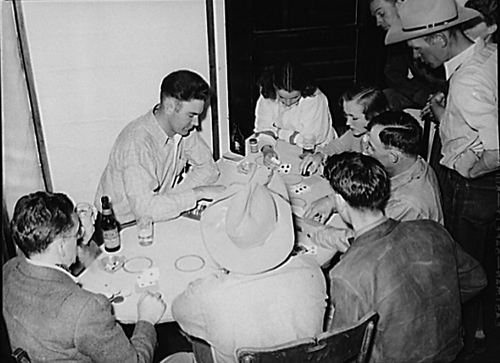
Gambling crackdowns continued in the 1960s and ‘70s and soon focused on the most evil form of gambling: bingo.
Indeed, according to Bingo Bob, aka Robert Woodahl, Attorney General from 1968 through 1976, bingo was illegal since it involved “cards that were played and won as prizes” (that is, the bingo cards themselves). During his time, Bingo Bob chased down the most nefarious gambling heathens: stamp toting, bingo-playing, elderly women who frequented dangerous church-basement bingo halls.
Gambling hit an absurd low.
New Constitution, New Luck
Fortunately, luck for gambling began to change with the new state constitution in 1972, which legalized bingo, raffles, poker, poker machines and other card games were made legal on a roll of sensible legislation.
In 1976, the Montana State Lottery was founded, letting players bet their luck on Powerball, Montana Cash, Mega Millions, and Hot Lotto.
Nowadays, anyone in Montana over the age of 18 can bet on horses (as done hundreds of years ago) at the several racetracks around the state. They can also play various table and card games, slots, keno and other games at Montana casinos, even if the “casino” is at the local gas station, café, or convenience store.
Legalizing gambling has been a lucky move for the state. For example, licenses and other fees generated revenues over $54 million for the state in 2012.
And while we can learn much about history, we only know one thing about the future of gambling in Montana: it will change — just like luck itself.








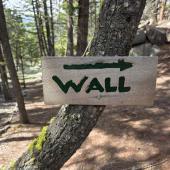
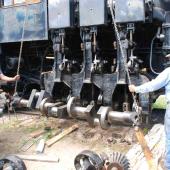
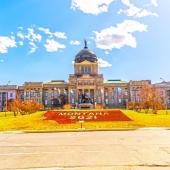
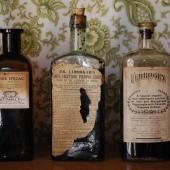
Leave a Comment Here